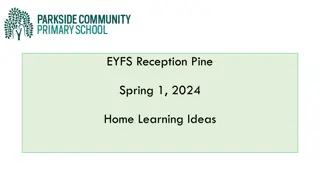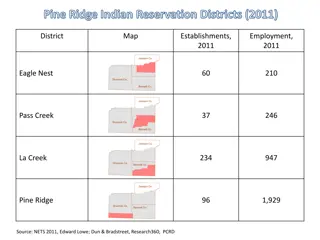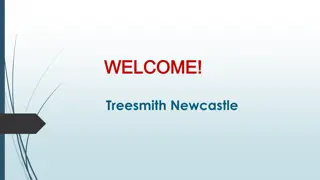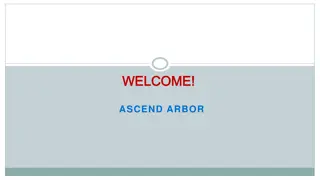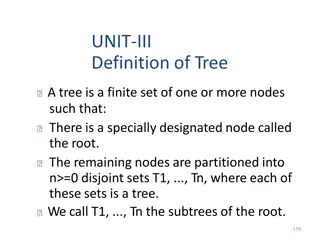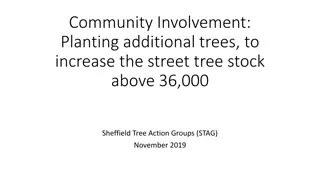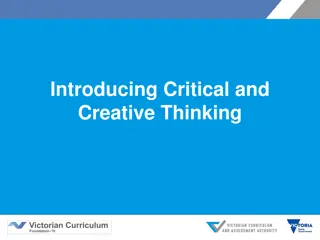Interactive Design Workshop: Pine Tree Creation Using Design Thinking
Join us in an engaging design workshop where you will learn the principles of Design Thinking by drawing a pine tree on a Cartesian plane. Through activities like warming up, empathizing, ideating, defining, and prototyping, you will enhance your collaborative problem-solving skills while creating innovative solutions. Utilize tools and materials provided to design and showcase your pine tree masterpiece. Enhance your knowledge set and mindset in a creative and communicative environment.
Download Presentation

Please find below an Image/Link to download the presentation.
The content on the website is provided AS IS for your information and personal use only. It may not be sold, licensed, or shared on other websites without obtaining consent from the author. Download presentation by click this link. If you encounter any issues during the download, it is possible that the publisher has removed the file from their server.
E N D
Presentation Transcript
Designing a pine tree using Design Thinking Designing a pine tree using Design Thinking 28th Nov 2018
Session outline Session outline Warming up An overview of the Design Thinking process The Challenge Drawing a pine tree using Design Thinking process Pitching Debriefing
Warming up One, two, three, four, I declare a thumb war , Five, six, seven, eight, this should be a piece of cake!
The Design Thinking Process - A human centred approach to collaborative and creative problem solving Design a prototype or a series of prototypes to test all or part of your solutions Clearly articulate the problem you want to solve Engage in a continuous short-cycle innovation process to continually improve your design Empathize Ideate Define Prototype Brainstorm potential solutions; select and develop your solution Develop a deep understanding of the challenge Test
Learning intentions & more Knowledge set Mindset Skills Tools & Materials Brain Pencils, rulers, erasers Graph paper Understanding of the Design Thinking Process Collaborative Growth Reflective Innovative Creative Communication Collaboration Critique
The challenge The challenge - - Draw a pine tree on a Draw a pine tree on a cartesian - Label all key points as coordinates Label all key points as coordinates cartesian plane that fits on an A4 piece of paper plane that fits on an A4 piece of paper You need to: work in groups of 3 or 4 go through the Design Thinking procedure. include a scale to show that your tree is 1.2 m tall share your design
Empathize Empathize (2 mins) Work in groups to develop a deep understanding of the challenge -What is the challenge? - Who are the people involved in the challenge? - What are the key requirements? - Observe, interview and try to understand different perspectives. - Record your findings as a reference point.
Define Articulate the challenge including the key requirements people involved in the challenge the available resources Write your definition of the challenge. Why is it a challenge?
The HOW MIGHT WE questions such as How might we use the provided resources to draw a pine tree neatly which will satisfy the key requirements?
Ideate, Prototype (2 mins) Generate and test as many ideas as possible. Share your design ideas with your groups and improve. Getting the idea out of your head Use materials provided to produce a prototype. Communicate simply Produce solutions as a group. 10
Test, Critique and Improve (5 mins) Engage in a short-cycle innovation process to continually improve your groups design. Things to remember: Listen and look mindfully Hard on content, soft on people Be kind - but realistic Be specific - focus on the parts to make the whole better Be helpful - give feedforward Hold your ideas lightly Make the changes you want to make 11
Pitching Pitching Present your group s solution to the class
Debriefing Discuss with your group about the following: What Design Thinking stages have you gone through? Write down at least 3 good things about your experience. Does our solution solve the problem satisfactorily? Are we able to improve it if we are doing it again? How? What are the good things of our team work?



